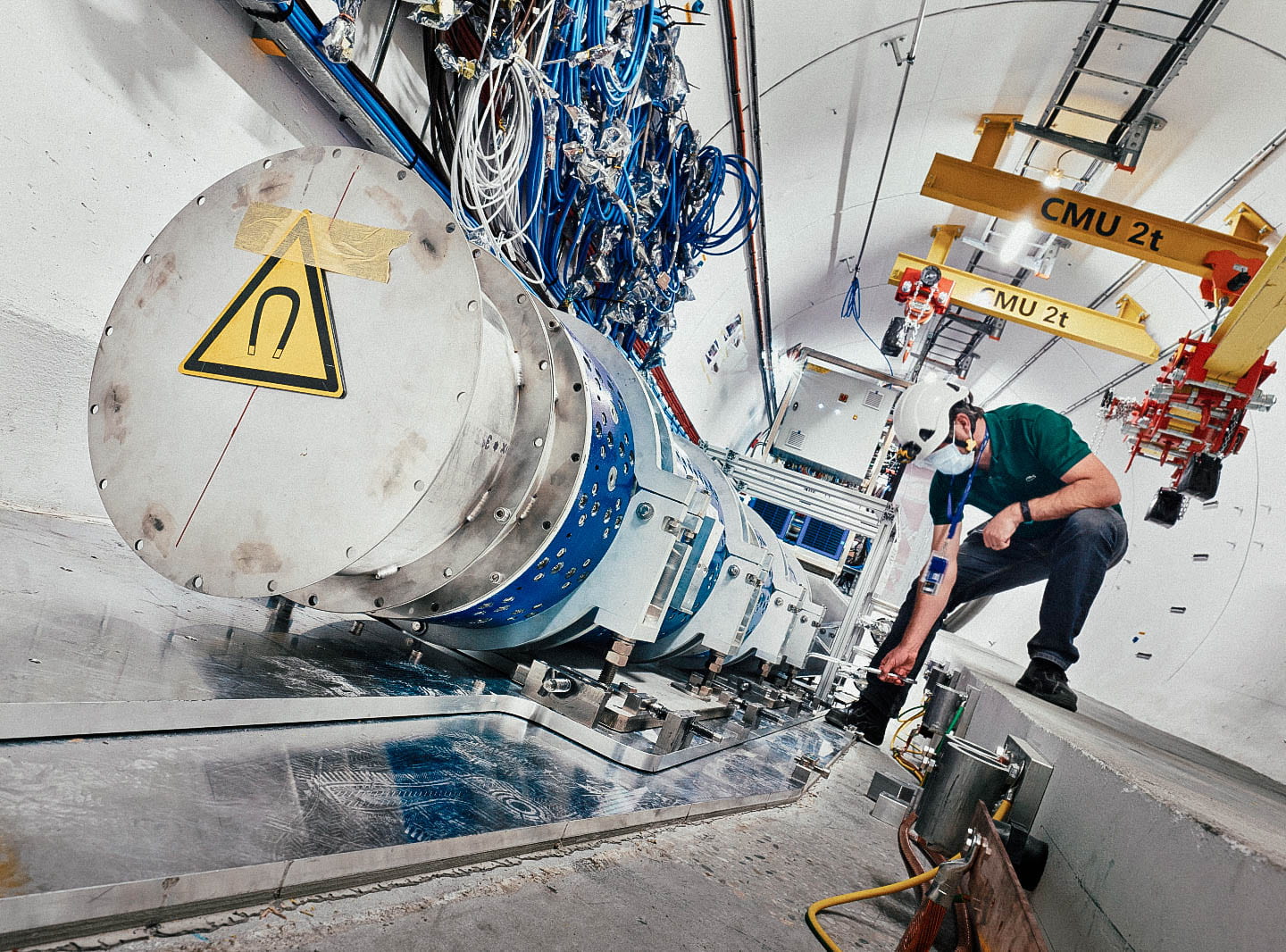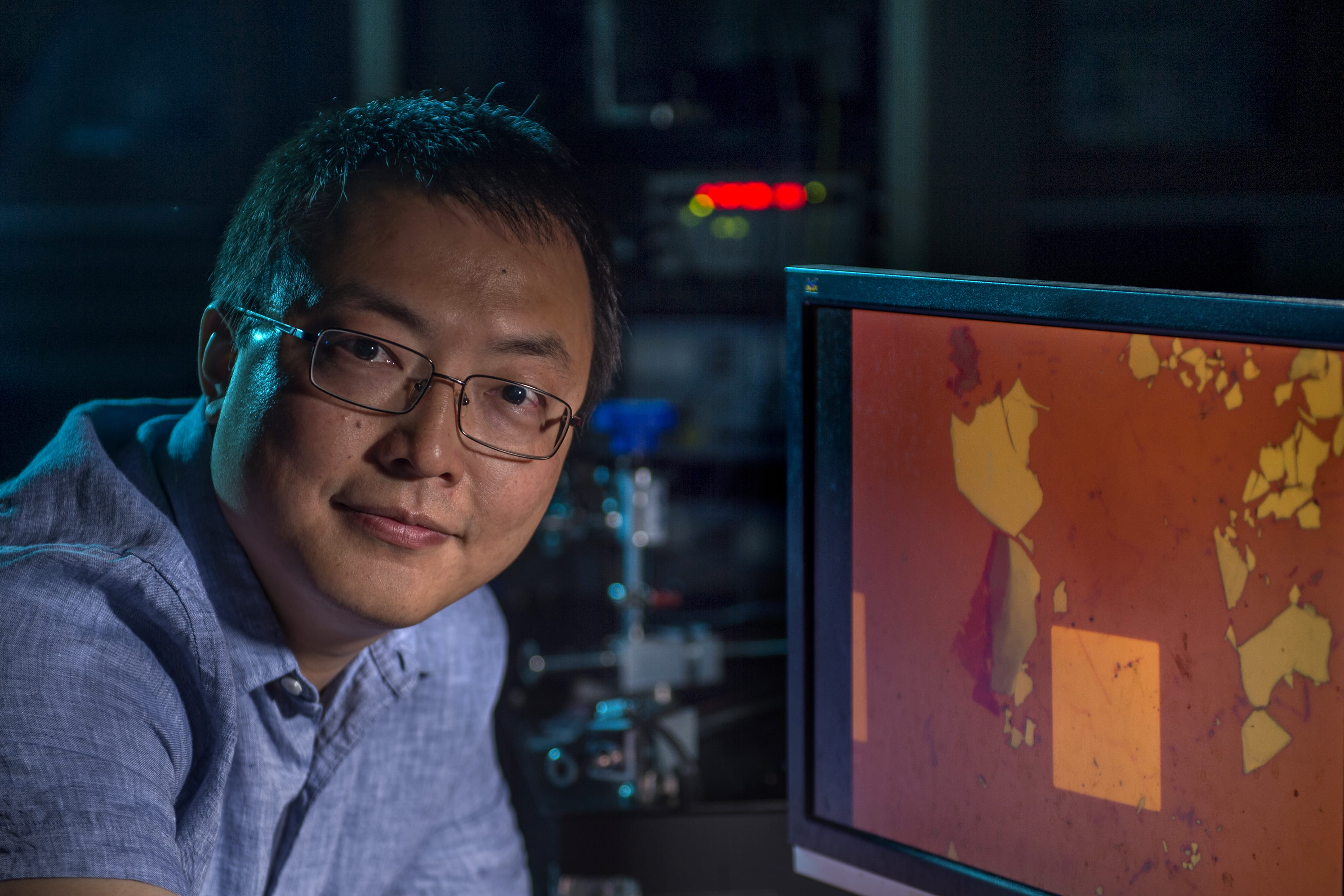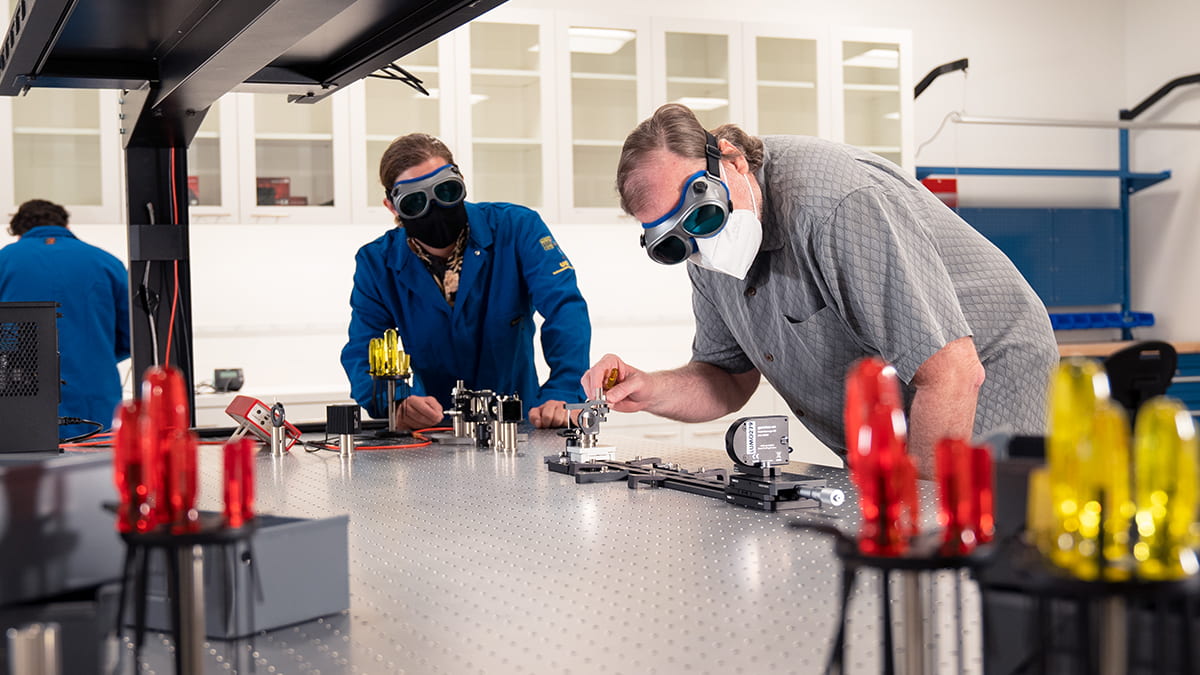UC Irvine-led team is first to detect neutrinos made by a particle collider
Discovery promises to help physicists understand nature of universe’s most abundant particle

Irvine, Calif., March 20, 2023 – In a scientific first, a team led by physicists at the University of California, Irvine has detected neutrinos created by a particle collider. The discovery promises to deepen scientists’ understanding of the subatomic particles, which were first spotted in 1956 and play a key role in the process that makes stars burn.
The work could also shed light on cosmic neutrinos that travel large distances and collide with the Earth, providing a window on distant parts of the universe.
It’s the latest result from the Forward Search Experiment, or FASER, a particle detector designed and built by an international group of physicists and installed at CERN, the European Council for Nuclear Research in Geneva, Switzerland. There, FASER detects particles produced by CERN’s Large Hadron Collider.
“We’ve discovered neutrinos from a brand-new source – particle colliders – where you have two beams of particles smash together at extremely high energy,” said UC Irvine particle physicist and FASER Collaboration Co-Spokesperson Jonathan Feng, who initiated the project, which involves over 80 researchers at UCI and 21 partner institutions.
Brian Petersen, a particle physicist at CERN, announced the results Sunday on behalf of FASER at the 57th Rencontres de Moriond Electroweak Interactions and Unified Theories conference in Italy.
Neutrinos, which were co-discovered nearly 70 years ago by the late UCI physicist and Nobel laureate Frederick Reines, are the most abundant particle in the cosmos and “were very important for establishing the standard model of particle physics,” said FASER Co-Spokesperson Jamie Boyd, a particle physicist at CERN. “But no neutrino produced at a collider had ever been detected by an experiment.”
Since the groundbreaking work of Reines and others like Hank Sobel, UCI professor of physics & astronomy, the majority of neutrinos studied by physicists have been low-energy neutrinos. But the neutrinos detected by FASER are the highest energy ever produced in a lab and are similar to the neutrinos found when deep-space particles trigger dramatic particle showers in our atmosphere.
“They can tell us about deep space in ways we can’t learn otherwise,” said Boyd. “These very high-energy neutrinos in the LHC are important for understanding really exciting observations in particle astrophysics.”
FASER itself is new and unique among particle-detecting experiments. In contrast to other detectors at CERN, such as ATLAS, which stands several stories tall and weighs thousands of tons, FASER is about one ton and fits neatly inside a small side tunnel at CERN. And it took only a few years to design and construct using spare parts from other experiments.
“Neutrinos are the only known particles that the much larger experiments at the Large Hadron Collider are unable to directly detect, so FASER’s successful observation means the collider’s full physics potential is finally being exploited,” said UCI experimental physicist Dave Casper.
Beyond neutrinos, one of FASER’s other chief objectives is to help identify the particles that make up dark matter, which physicists think comprises most of the matter in the universe, but which they’ve never directly observed.
FASER has yet to find signs of dark matter, but with the LHC set to begin a new round of particle collisions in a few months, the detector stands ready to record any that appear.
“We’re hoping to see some exciting signals,” said Boyd.
About UCI’s Brilliant Future campaign: Publicly launched on Oct. 4, 2019, the Brilliant Future campaign aims to raise awareness and support for UCI. By engaging 75,000 alumni and garnering $2 billion in philanthropic investment, UCI seeks to reach new heights of excellence in student success, health and wellness, research and more. The School of Physical Sciences plays a vital role in the success of the campaign. Learn more by visiting https://brilliantfuture.uci.edu/uci-school-of-physical-sciences/.
About the University of California, Irvine: Founded in 1965, UCI is a member of the prestigious Association of American Universities and is ranked among the nation’s top 10 public universities by U.S. News & World Report. The campus has produced five Nobel laureates and is known for its academic achievement, premier research, innovation and anteater mascot. Led by Chancellor Howard Gillman, UCI has more than 36,000 students and offers 224 degree programs. It’s located in one of the world’s safest and most economically vibrant communities and is Orange County’s second-largest employer, contributing $7 billion annually to the local economy and $8 billion statewide. For more on UCI, visit www.uci.edu.
Media access: Radio programs/stations may, for a fee, use an on-campus ISDN line to interview UCI faculty and experts, subject to availability and university approval. For more UCI news, visit news.uci.edu. Additional resources for journalists may be found at communications.uci.edu/for-journalists.

